The nine greatest cats in literature, from Macavity to the Cat Who Walked By Himself
Macavity, Macavity, there’s no one like Macavity – apart from the other eight on this list, as picked out by Emma Hughes.

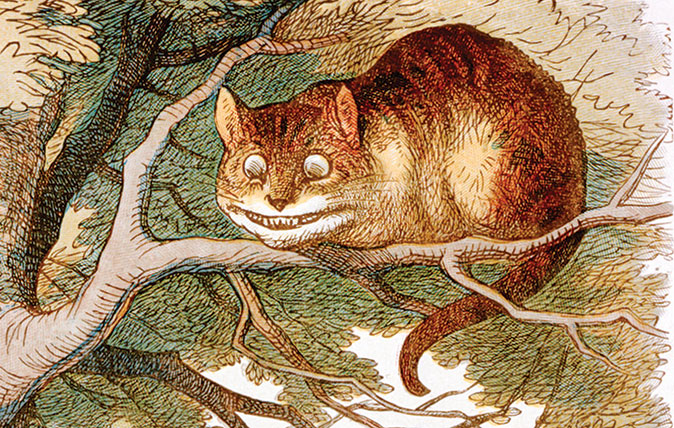
There are more dogs than cats in literature – that is, if you take Wikipedia’s word for it. The website’s list of fictional felines runs to 101, whereas the canine equivalent has 108 characters on it (only a few of Dodie Smith’s Dalmatians are included).
The dogs are almost all of a type: steadfast fellow travellers, loyal to the end. The cats are harder to categorise. Like furry Sinatras, they do it their way, whether that means dabbling in petty crime, brokering marriages or wrecking tea parties.
Tricksy? Perhaps. Boring? Never. Here’s our pick of the best.
Macavity
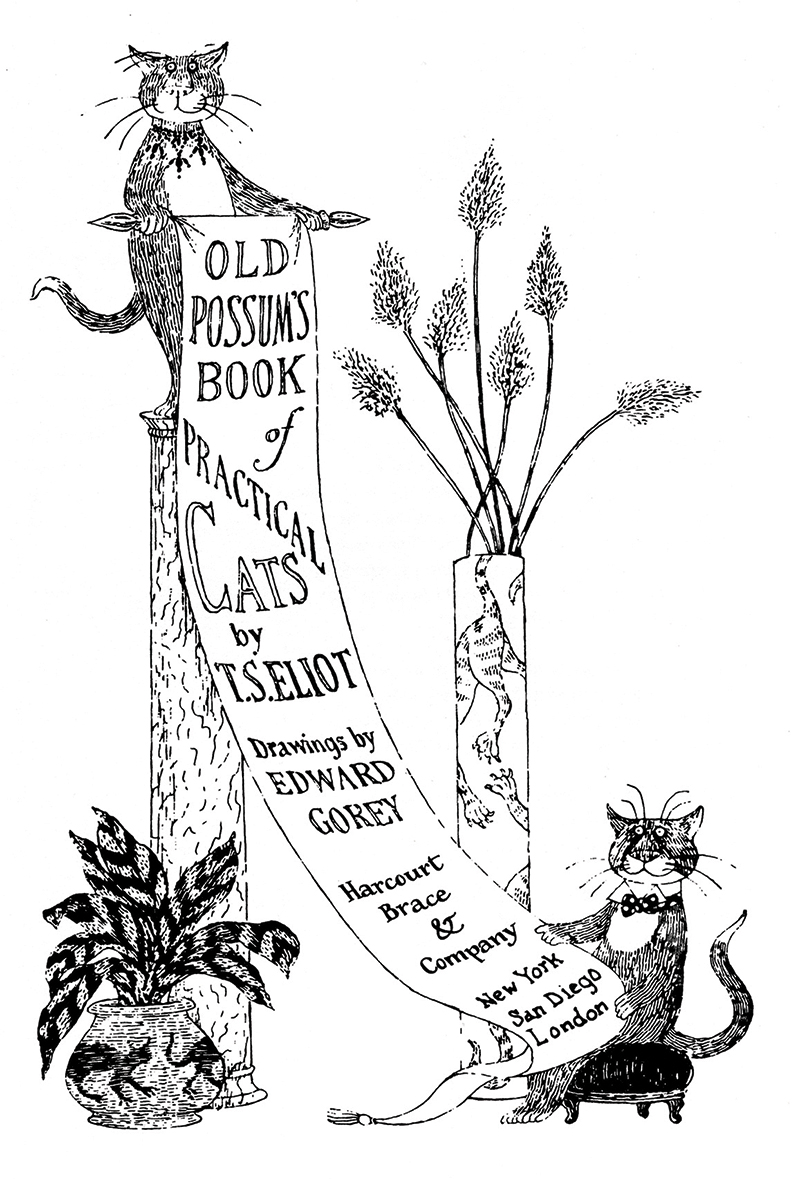
Feline mystery finds its fullest expression in the star of T. S. Eliot’s Old Possum’s Book of Practical Cats. The scourge of Scotland Yard, slippery Macavity is the original kleptomani-cat, looting larders and jewellers with equal abandon.
With his sunken eyes, prominent forehead and spindly limbs, he bears a striking resemblance to another of literature’s criminal masterminds, Prof Moriarty (who’s described by Sherlock Holmes as ‘extremely tall and thin’, with a forehead that ‘domes out in a white curve’).
In 2016, children’s illustrator Arthur Robins recast Macavity as a ginger rascal, tiptoeing on rooftops in a Zorro-style mask. The overall effect is cute, but some of his darkness remains – on a couple of pages, all you see is a sinister flicker of tail.
Tom Kitten
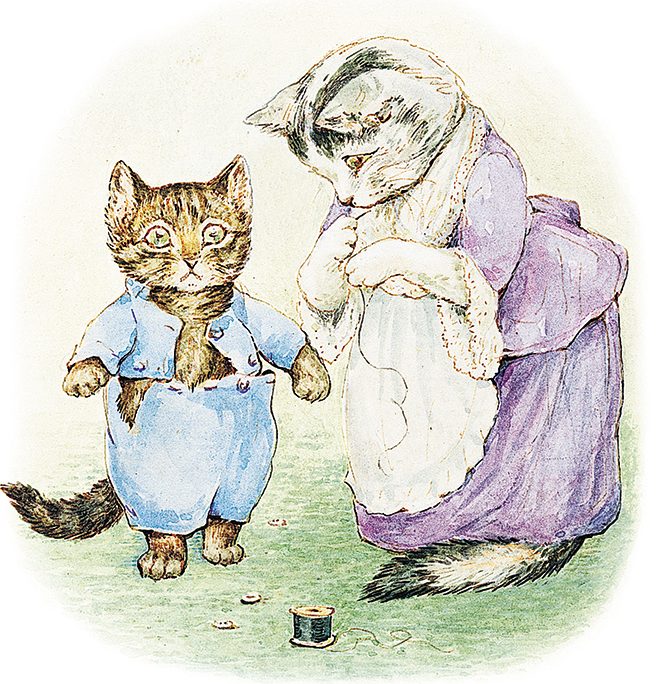
Mrs Tabitha Twitchit, who aspires to gentility, has invited the great and the good round for tea – and she expects her kittens to toe the line. Dressing them in their Sunday best, she instructs them to walk on their hind legs and stay well away from the other animals.
Exquisite houses, the beauty of Nature, and how to get the most from your life, straight to your inbox.
Unfortunately for her, Tom, the unruliest of her offspring, has other ideas. Like a furry whirlwind, he scratches her and bursts out of his clothes, before careering through the garden squashing ferns. His clothes – and those of his sisters – end up on the ducks and even when they’re all packed upstairs to their bedroom, he continues to wreak havoc. Proof that you should never work with children or animals – and especially not animal children.
The Cheshire Cat

Easily the scariest thing about Alice’s Adventures in Wonderland – what could be creepier than a grin without a cat? We all associate this Joker in feline form with Lewis Carroll, but he first crops up in Thackeray’s The Newcomes of 1855, in which a young lady ‘grins like a Cheshire cat’. Who, Thackeray muses, ‘was the naturalist who first discovered that peculiarity of the cats in Cheshire?’
It’s thought the phrase actually comes from a cheese once sold in the county shaped to look like a moggy – people used to cut it from the tail first, so the last thing you saw was a grinning, disembodied head. It’s enough to make your fur stand on end.
Cat, Breakfast at Tiffany’s
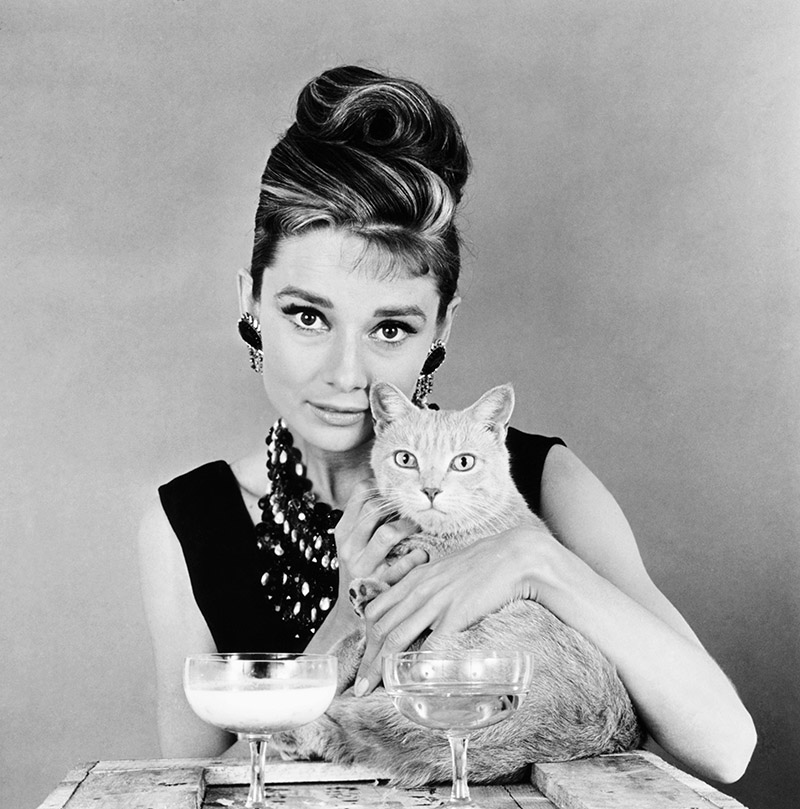
‘Poor slob,’ murmurs Holly Golightly, ruffling the ears of her long-suffering, tiger-striped tom. ‘Poor slob without a name. It’s a little inconvenient.’ With her mercurial eye and her love of basking in the tiny patch of sun outside their Manhattan brownstone, there’s something feline about Truman Capote’s heroine. She comes and goes as she pleases – even her refusal to commit to a name for him feels cat-like.
Her four-legged counterpart puts up with a lot (Holly paints his whiskers with mascara), but he does finally manage to smash the Chinese statuette he hates. Ultimately, he’s the steadier of the two – when chaos reigns in Holly’s apartment, the narrator finds him calmly sipping from a puddle of spilt milk.
Tobermory
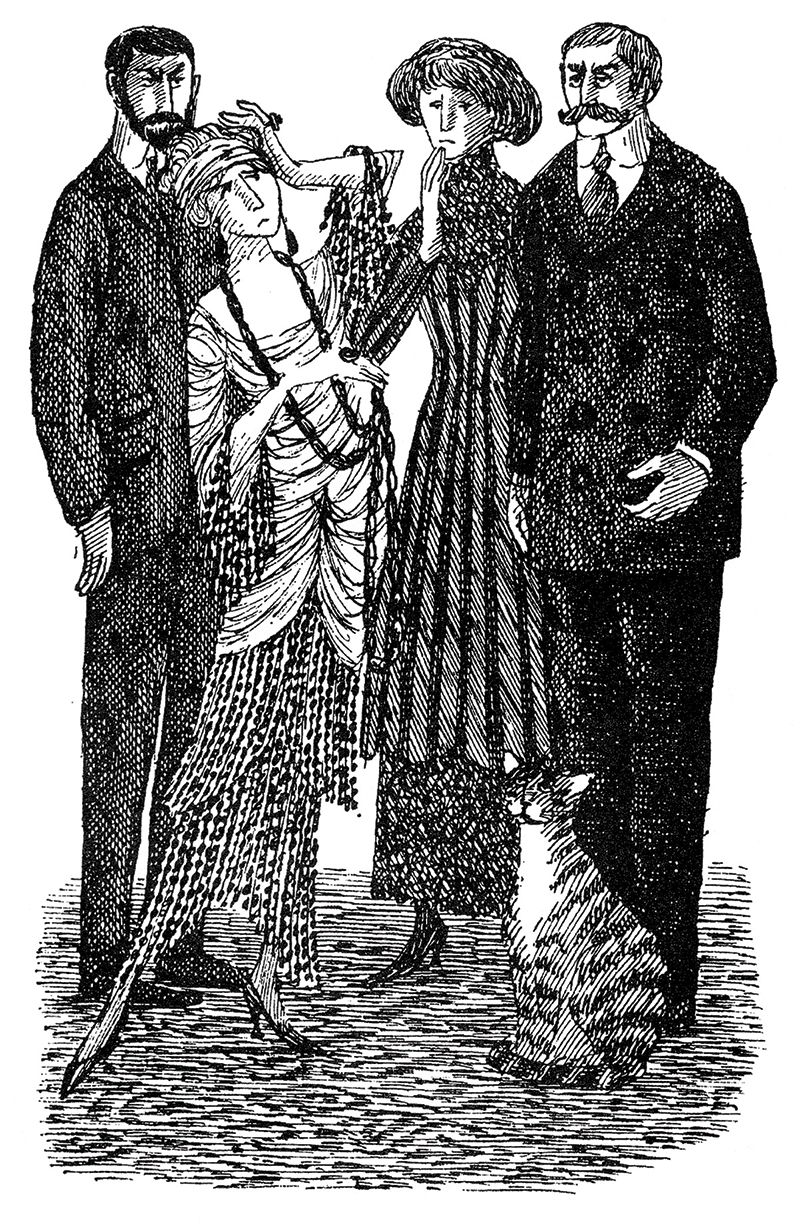
Cats are natural eavesdroppers – but what, asks Saki, if they could talk? His eponymous feline is taught English by linguist Cornelius Appin, with disastrous consequences. Tobermory, when he speaks, does so in ‘a tone of even indifference’, dripping sarcasm. He goes on to deploy the tidbits he’s picked up to jaw-slackening effect, revealing backstabbing, infidelities and hypocrisy.
The humans, panicking, decide to poison him, but Tobermory outwits them – he meets his end at the paws of the big yellow tom from the rectory, his arch-enemy, instead. Cornelius is trampled to death by an elephant in the Dresden Zoological Garden after trying to teach it irregular verbs.
Puss in Boots
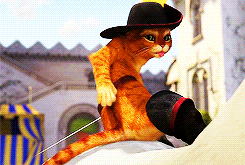
Possibly the earliest recorded example of dressing for the job you want, rather than the job you have. Enterprising Puss, who in the fairytale is given to a miller’s youngest son as his inheritance, knows that if he’s to help his master make his fortune, he needs to look the part. After getting his paws on a pair of boots, he starts presenting the king with gifts, pretending they’re from the miller’s son.
Next, he arranges a chance encounter between him and the king’s daughter, who falls in love with him on the spot, then bumps off an ogre and nabs his castle. It’s happily ever afters all round, with Puss living out his days in the lap of luxury, chasing mice.
The Cat that Walked by Himself
https://youtu.be/gSZ7W4u2Py8?t=11m50s
‘All places were alike to him,’ Rudyard Kipling writes of his feline antihero, who wanders alone through the Wet Wild Woods like something out of a Raymond Chandler novel. Seeing that there might be advantages to palling up with the humans, he strikes a deal with Woman (warm milk by the fire in their cave in exchange for mouse-catching), although Man proves a tougher nut to crack.
Kipling, of course, was a dog person and Cat has the riot act read to him at the end – if he doesn’t hold up his side of the bargain, he and his descendants will be chased by dogs forever.
Still, there’s no doubting his powers of persuasion. ‘That was wonderfully done,’ Woman says after he makes his case. ‘No question but you are very clever, O Cat.’
Tao
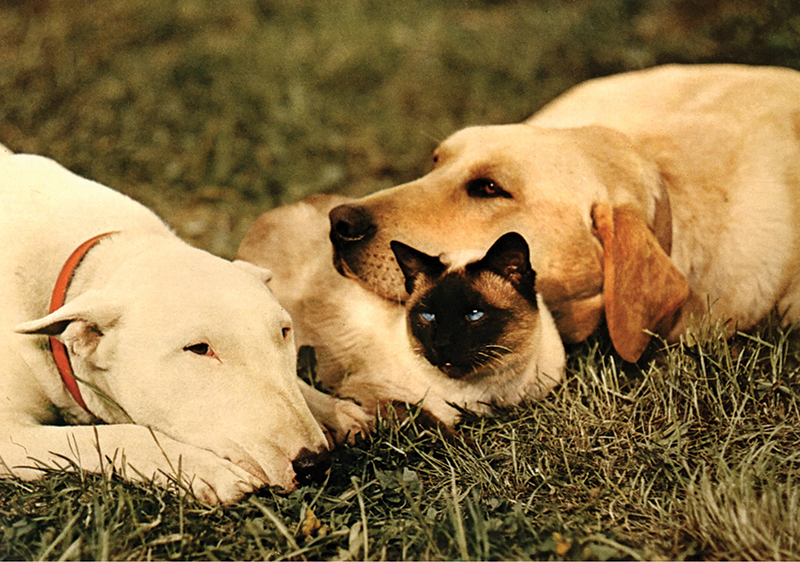
Sheila Burnford’s refined, blue-eyed Siamese is inseparable from Bodger the bull terrier (Champion Boroughcastle Brigadier of Doune to his friends). Together – yes, really – they torment the other cats in the neighbourhood and act as surrogate parents to young labrador Luath. Then, when their owners go AWOL, the three of them set out on a trek across Canada to find them.
‘Pah,’ I hear you saying. ‘Artistic licence. No cat would ever go out of its way to catch food for a dog or track it down if they became separated.’ Not so: Burnford’s inspiration for The Incredible Journey came from her own Siamese, which was, she said, hopelessly devoted to the family’s bull terrier.
The Pussycat
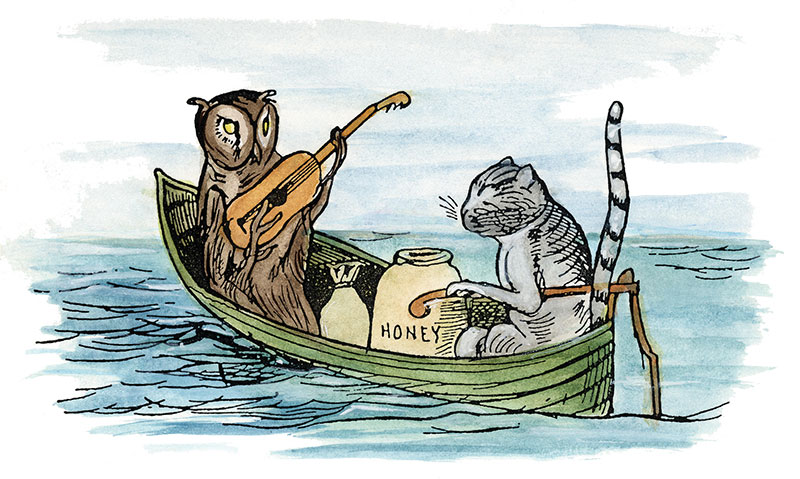
Write Edward Lear’s The Owl and the Pussycat off as a jolly jape at your peril – this is a dark tale with a cat in the driving seat. It is, of course, the Pussycat who raises the subject of the ring, leading to the acquisition of a silver one from the pig in the land where the Bong-Tree grows.
The poem ends with the runaway pair dancing by the light of the moon, but in his unfinished sequel, The Children of the Owl and the Pussy-Cat (fragments of which were published in 1938), Lear reveals that the Pussycat has plunged to her death from a tree, leaving the Owl to bring up their brood.
Despite living in penury, he refuses to spend the original £5 note they took away with them in their boat and is inconsolable. Bonnie and Clyde have nothing on these two.
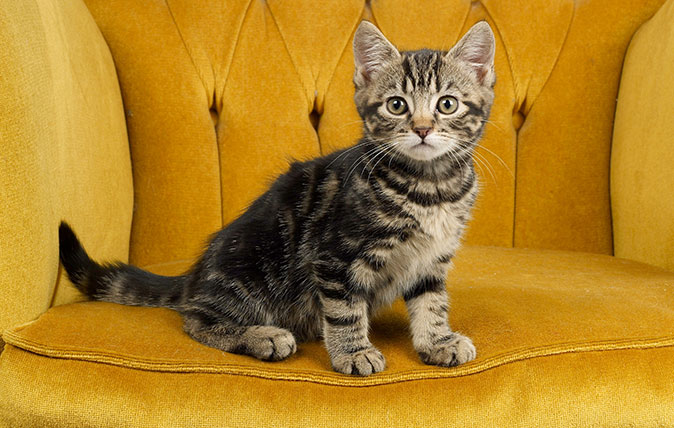
Credit: Alamy
In praise of cats, our 'lithe, scrupulously clean and interesting companions'
Most people identify either as a dog person or a cat person, and Country Life's default focus is usually canine.
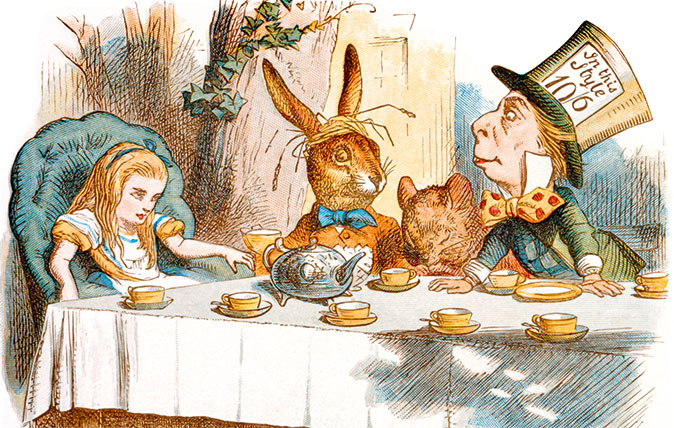
Credit: Alamy / Sir John Tenniel
10 of the greatest children's book illustrators, from EH Shepard to Quentin Blake
Matthew Dennison pays tribute to artists who painted our collective childhoods.
Emma Hughes lives in London and has spent the past 15 years writing for publications including the Guardian, the Telegraph, the Evening Standard, Waitrose Food, British Vogue and Condé Nast Traveller. Currently Country Life's Acting Assistant Features Editor and its London Life restaurant columnist, if she isn't tapping away at a keyboard she's probably taking something out of the oven (or eating it).
